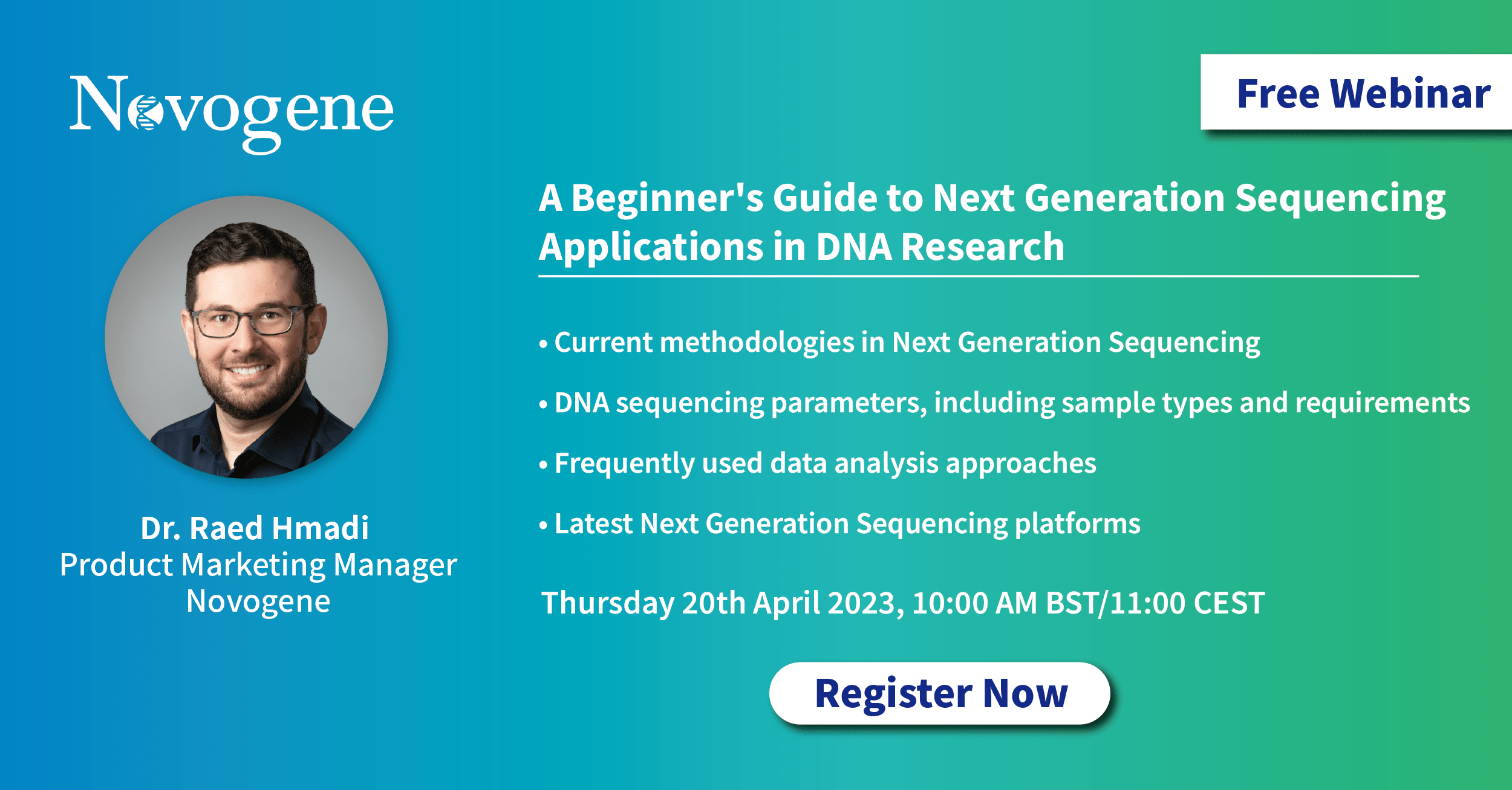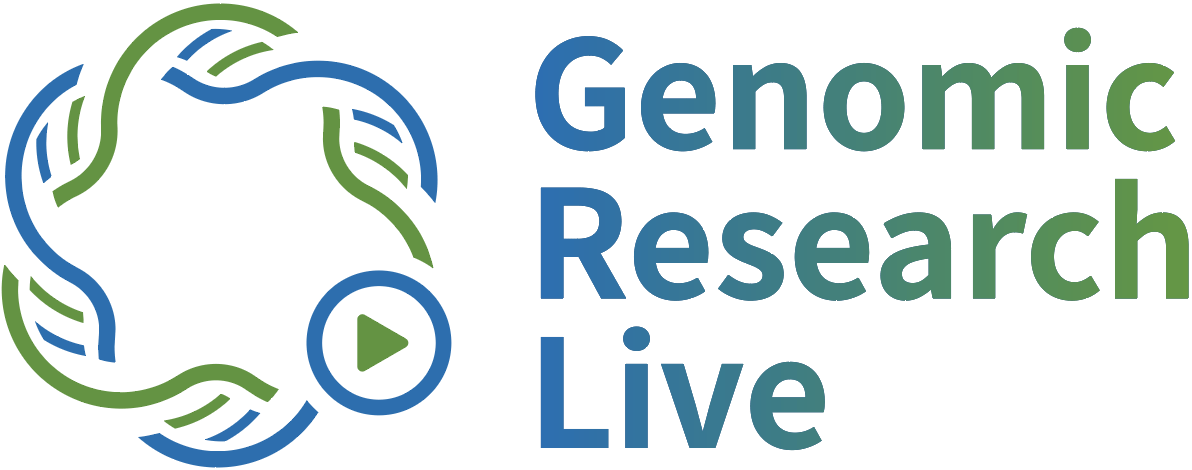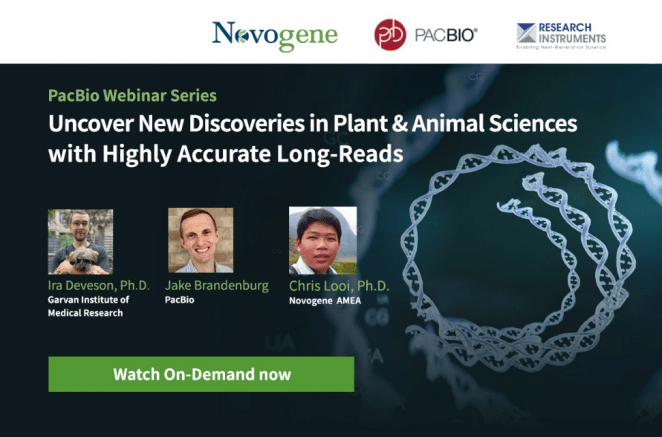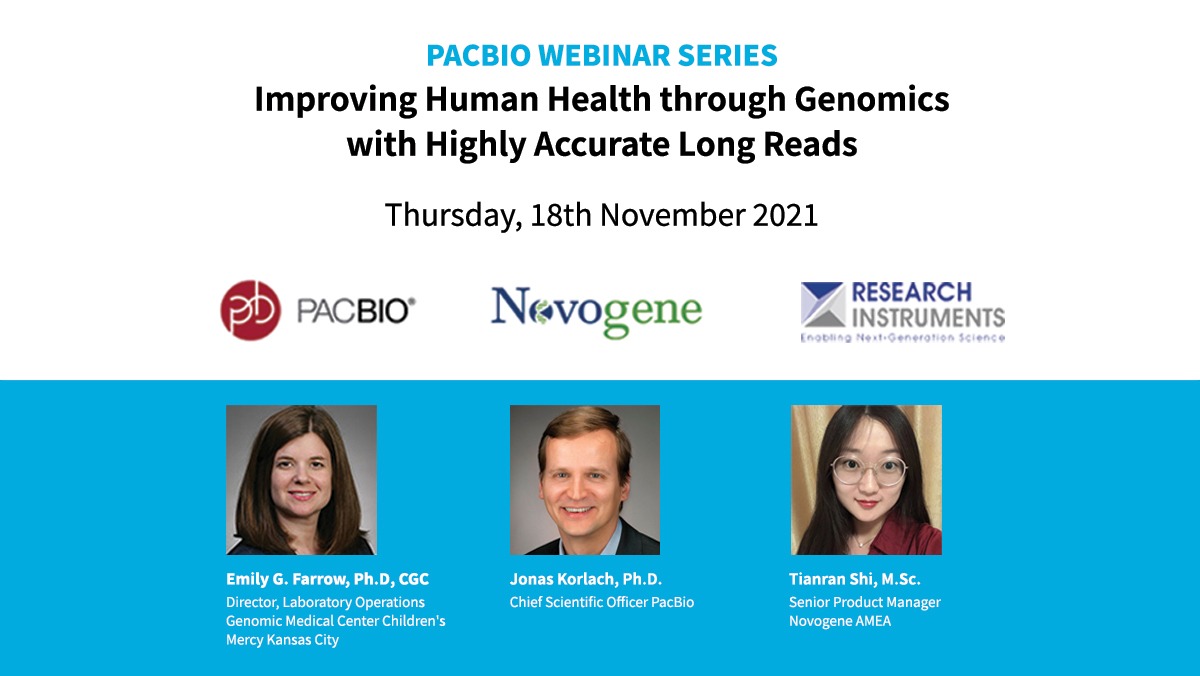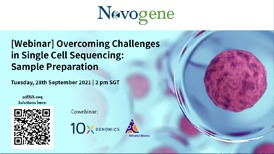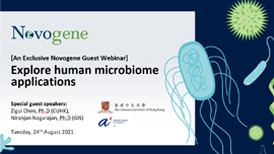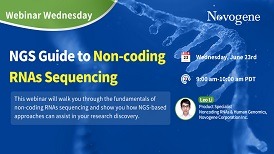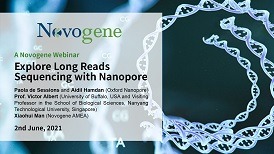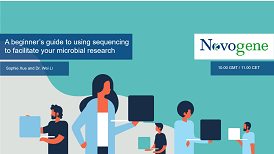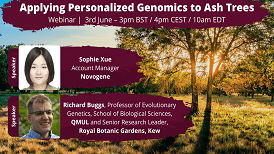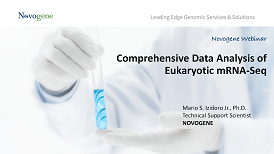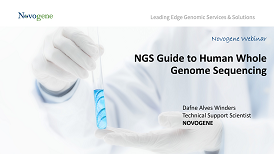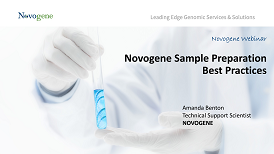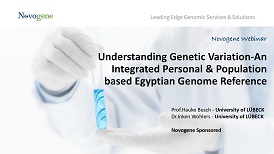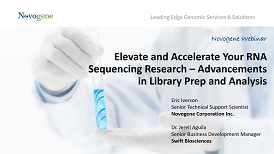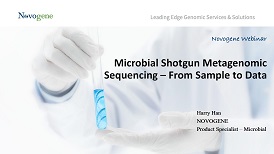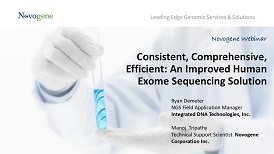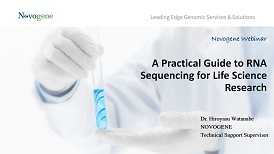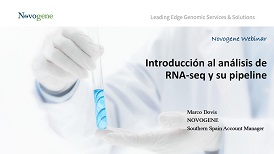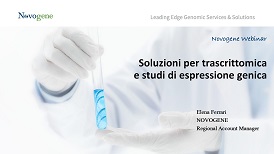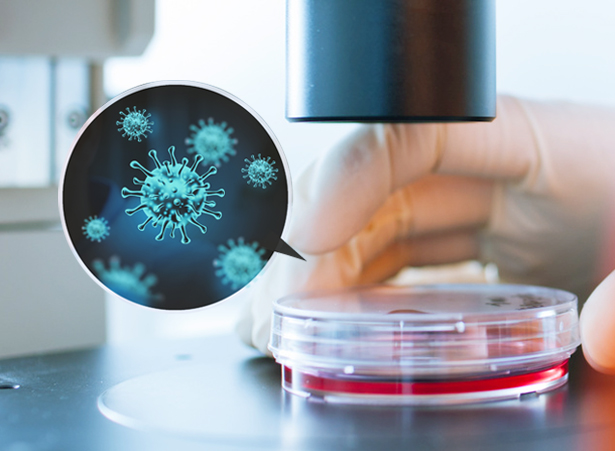Fine particulate matter induces childhood asthma attacks via extracellular vesicle-packaged let-7i-5p-mediated modulation of the MAPK signaling pathway
Description:Fine particulate matter less than 2.5 μm in diameter (PM2.5) is a major risk factor for acute asthma attacks in children. However, the biological mechanism underlying this association remains unclear. In the present study, PM2.5-treated HBE cells-secreted extra-cellular vesicles (PM2.5-EVs) caused cytotoxicity in“horizontal” HBE cells and increased the contractility of“longitudinal” sensitive human bronchial smooth muscle cells (HBSMCs). RNA sequencing showed that let-7i-5p was significantly overexpressed inPM2.5-EVs and asthmatic plasma; additionally, its level was correlated with PM2.5 exposure in children with asthma. The combination of EV-packaged let-7i-5p and the traditional clinical biomarker IgE exhibited the best diagnostic performance (area under the curve (AUC) = 0.855, 95% CI = 0.786-0.923). Mechanistically,let-7i-5p was packaged into PM2.5-EVs by interacting with ELAVL1and internalized by both“horizontal” recipient HBE cells and “longitudinal”recipient-sensitive HBSMCs, with subsequent activation of the MAPK signaling pathway via suppression of its targetDUSP1. Furthermore, an injection of EV-packaged let-7i-5p intoPM2.5-treated juvenile mice aggravated asthma symptoms. This comprehensive study deciphered the remodeling of the extracellular environment mediated by the secretion of let-7i-5p-enriched EVs during PM2.5-induced asthma attacks and identified plasma-packaged let-7i-5p as a novel predictor of childhood asthma.
